What do you need to receive money with Western Union?
Receiving money through Western Union? Learn about the process, from cash pick-up to bank transfers, and find out what to expect.

PayPal in Ireland¹ offers easy ways to send money to others or spend it online. But what if someone wants to send you a PayPal transfer? What PayPal details do I need to give to receive money? Do you need to pay to receive a PayPal payment? And what do I do once I have received money to PayPal?
This guide looks at how to receive money on PayPal, and also touches on another option: Wise. You can receive money via local account details in your Wise Account in 8+ currencies, with no fees.
Learn more about the
Wise Account 🔎
Yes. You can receive money with PayPal in Ireland.² ✅
To receive a payment to PayPal, the person sending you the money will initiate the transfer from their own PayPal account.
Once you have the money in your PayPal account you can choose to withdraw it to your bank or leave it in your account.

If you have a PayPal personal account you can receive money from friends and family, such as for splitting a bill or being paid back for a shared expense.
With a personal account you can use PayPal to receive money in these ways:
- Have the sender make a PayPal payment using your email or phone number
- Generate a PayPal.me link and use this to accept payments
If you don’t have a PayPal account and someone sends you a payment, you’ll receive an email asking you to create a PayPal account to receive the money.⁵
You’ll then need to link your bank account⁶ and confirm it⁷ to withdraw the money once it arrives. Or you can leave the balance in PayPal to send on to someone later, or for online shopping.
💡 Keep in mind: Unlike when you use a bank, or a payment institution like Wise to receive money, PayPal does not offer account details to share with the sender to receive your payment.
How to receive money to a PayPal account depends a bit on your preferences. However, the easiest option as the recipient is usually to have the sender simply send you money using your email or phone number.
One of the big advantages of PayPal is that you don’t need to give out your account details to anyone who needs to send you money. This avoids hassle and is secure. Instead, all the sender needs is your contact details. They can then log into their PayPal account and process the payment easily.
Another option is to use a PayPal code to receive money, called a PayPal.me code.⁸
You can create your own code which is a link that never expires, and share it with anyone who needs to make a payment. You can customise the currency you receive, and then the sender just needs to click on the link to be taken to their PayPal account and process the transfer.
Once the sender has initiated the payment it is deposited into your PayPal account automatically.
You can receive a payment on PayPal which comes from a PayPal account in another country, or which is sent in a foreign currency. In this case, the money is deposited to your PayPal account in the currency they’re sent in - so GBP if the account sending you the transfer is in the UK for example.
You can then either hold the balance, spend it, or convert it. Fees apply for currency conversion which we will look at later.
The time it takes for money to reach your PayPal account depends on how the sender arranges the payment and their home country or currency.
Often a payment funded with a PayPal balance or with a debit or credit card arrives in minutes in many cases. However, if the sender pays from a linked bank it may take a little longer to process - up to 5 days. Ultimately the time taken for a payment to reach PayPal depends on the sender’s own bank or card provider and can not be controlled by PayPal.
Once your money arrives you may also want to withdraw it to your bank account. If you have the option of an instant transfer, your money will be in your bank in minutes (however, this can vary depending on your provider). If not, a standard bank transfer will take 1 - 5 days.⁴
You can also use Wise instead of PayPal for receiving money, both locally and internationally. The Wise Account allows you to receive payments in 8+ currencies with local account details. You can then convert your money, spend it with the linked debit card or withdraw it in an ATM.
There’s no PayPal fee to receive money as long as no currency conversion is needed.
However, if you need to convert from a foreign currency to spend your payment, or to withdraw to your EUR bank account, you’ll pay a PayPal conversion fee of 3%.⁹
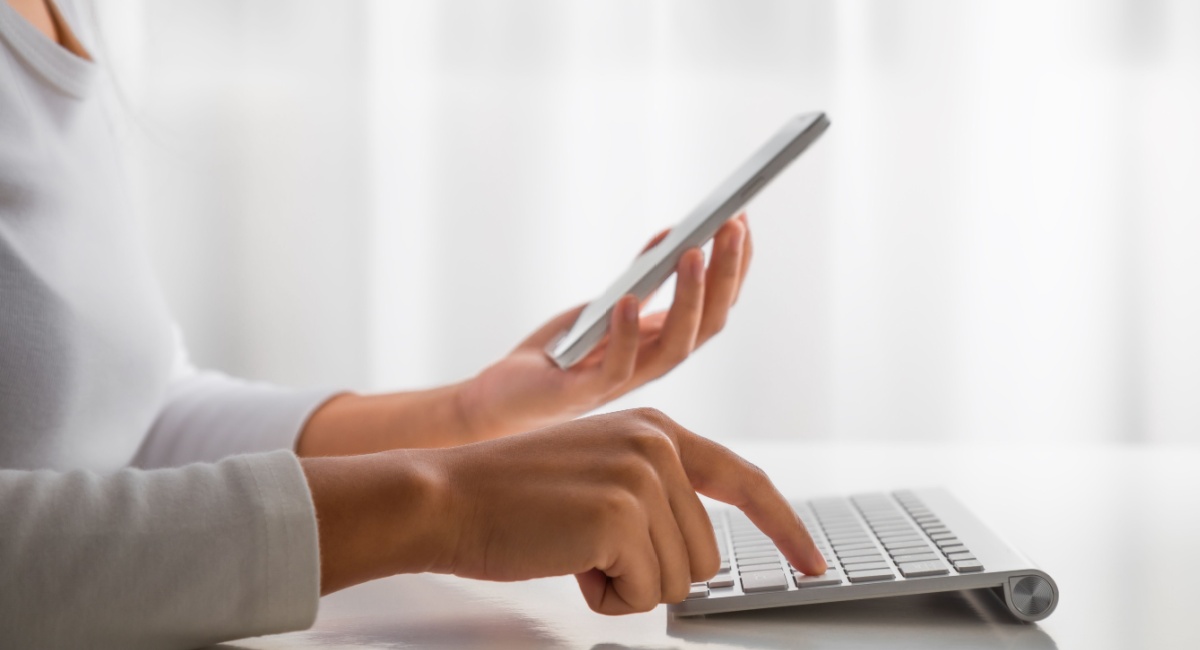
To receive a payment to PayPal you need to open a PayPal account.
Here’s how to set up PayPal to receive money:
- Download the PayPal app or go to the PayPal desktop website
- Click Sign Up and follow the prompts to enter your personal and contact information
- Set a secure password for security, and verify your account if you will need to withdraw your payment after receiving it.
The sender can now process your PayPal to PayPal transfer. And if you’re ever wondering what is your PayPal name to receive money, it’s the name, phone number or email associated with your PayPal account.
You can receive money through PayPal without fees as long as no currency conversion is needed. If the payment is sent in the base currency of your account (EUR in Ireland) you can then withdraw it to your bank with no additional fee.
If your payment is sent in a foreign currency and you need to convert it to spend or withdraw, you pay a 3% conversion fee.

Open a Wise Account and get local account information for 8+ currencies including EUR and GBP, to receive payments easily and for free. This means you'll be able to use your account details to safely receive money in the local currency, without having to go through an international transfer.
Just share your account information with the person sending you money, and they can make a domestic payment in their home currency.
Don’t want to share your account information? You can also receive payments to Wise with your email, WiseTag, payment link or card number.
Once you have a balance you can hold, send, spend or withdraw your money - or convert it to any of the 40+ supported currencies for future use.
Open your Wise Account
for free 🚀
If someone tries to send you a PayPal payment and it fails, it’s worth checking that your account is verified and that the sender hasn’t exceeded their payment limit. You can also open an in app chat with an advisor to get personal advice if you’re ever struggling.
You need to give the sender your PayPal email or phone number, or share your PayPal.me link with them, so they can send you a payment.
PayPal transfers are received into your PayPal account so there’s no need to have a bank account to get your money.
Just make sure your PayPal account is set up and verified, and you can then hold your money, send it on, or spend it online.
You don’t need to link a card to PayPal to receive money, but fully verifying your account with either a linked card or bank may give you access to extra features and higher limits.
PayPal does not state any limits to receive money, but there are limits on the amount a PayPal account holder can send, which then limit the receive amount. Usually fully verified PayPal account holders can send between 10,000 USD (about 8,500 EUR) and 60,000 USD (about 50,000 EUR) in a payment.³
If you have a PayPal Merchant account you can also receive money on PayPal¹⁰, including using a PayPal QR code to receive money¹¹. Here are your options:
- Add PayPal as a payment method at the checkout of your ecommerce store
- Use PayPal to take recurring payments from customers
- Choose PayPal invoice service to receive payments
- Create a PayPal link to receive money through social networks
- Generate a PayPal QR code to receive money.
Sources used:
Sources last checked on date: 25-Ago-2025
*Please see terms of use and product availability for your region or visit Wise fees and pricing for the most up to date pricing and fee information.
This publication is provided for general information purposes and does not constitute legal, tax or other professional advice from Wise Payments Limited or its subsidiaries and its affiliates, and it is not intended as a substitute for obtaining advice from a financial advisor or any other professional.
We make no representations, warranties or guarantees, whether expressed or implied, that the content in the publication is accurate, complete or up to date.
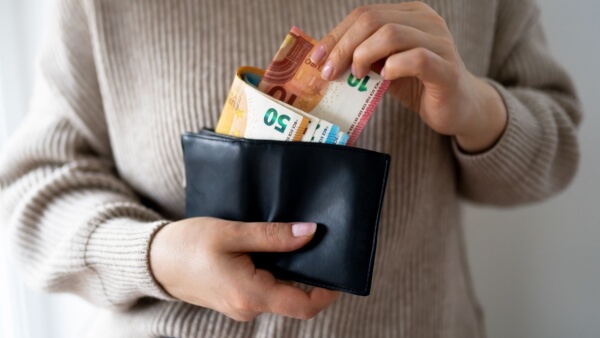
Receiving money through Western Union? Learn about the process, from cash pick-up to bank transfers, and find out what to expect.
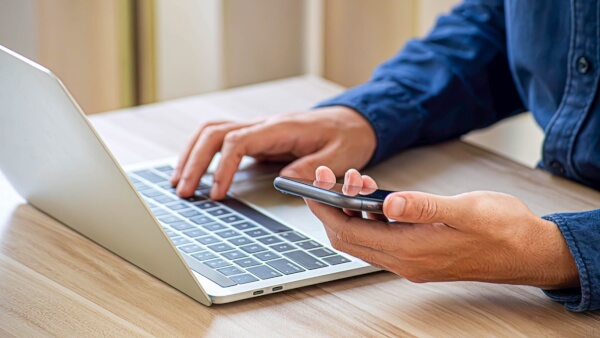
Need to get money from abroad? Learn about the ways you can receive international transfers through An Post in Ireland..
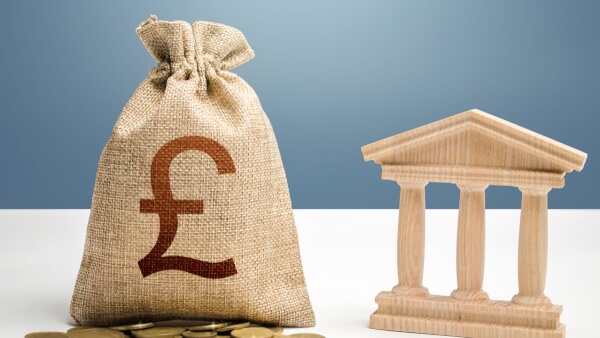
Discover the best way to send money from Ireland to the UK for property purchases. Compare costs, timing, and methods for transferring money safely.

Looking to receive a payment through Remitly? Discover all the ways you can get your money in Ireland.
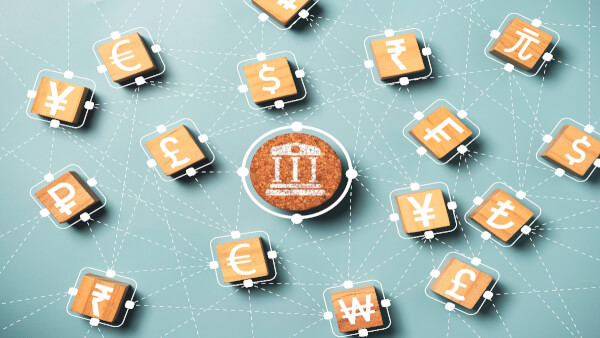
Discover how you can send money abroad with An Post and what fees and rates you'll need to pay.

Here’s our guide to what you need to know to make an international transfer with AIB, including what information you need, and the fees and rates you'll pay.